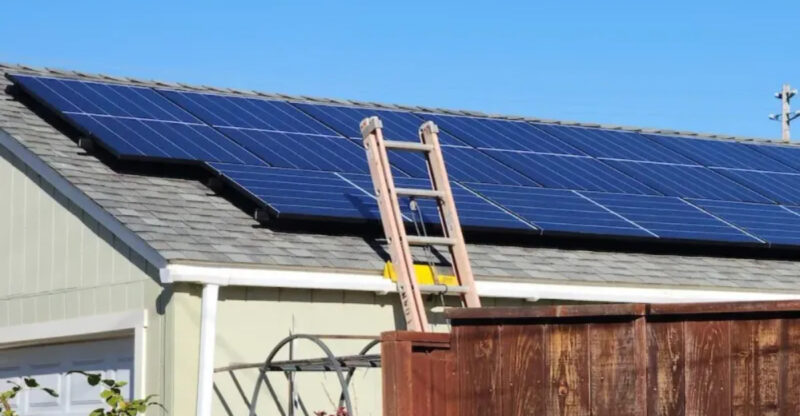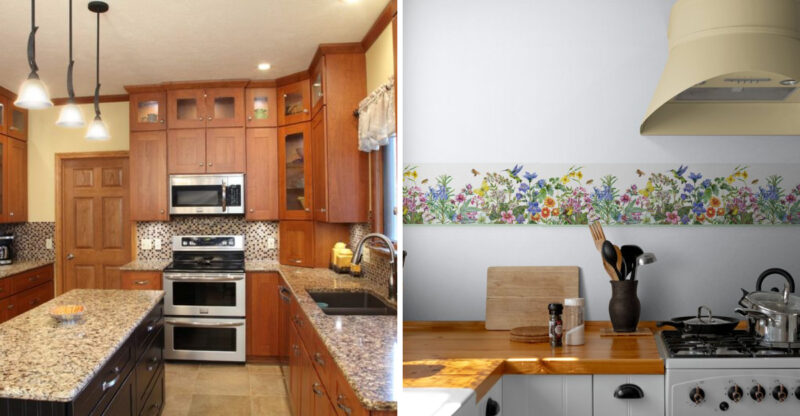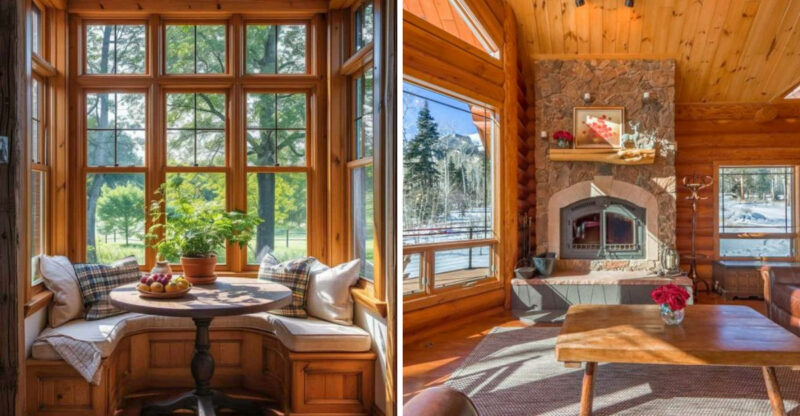Why Your LED Bulbs Burn Out Early – And How To Make Them Last For Years

LED bulbs promise to last for decades, yet many homeowners find themselves replacing them far sooner than expected. Understanding what shortens their lifespan can save money and frustration.
From heat problems to electrical issues, several common factors could be cutting your LED bulbs’ lives short – but the good news is that most are easy to fix.
Overheating In Enclosed Fixtures
Heat is one of the biggest enemies of LED technology. When bulbs are trapped in enclosed fixtures without proper airflow, temperatures rise quickly and damage delicate internal components.
Choosing bulbs rated for enclosed spaces or switching to open fixtures can make a huge difference. Better ventilation means cooler operation, which translates directly into years of extra light.
Frequent On-Off Switching
Constantly flipping lights on and off might seem harmless, but it stresses LED components over time. Each switch cycle creates a small surge that wears down the bulb’s circuitry bit by bit.
Motion sensors or timers can reduce unnecessary switching in busy areas like hallways and bathrooms. Giving your bulbs a break from constant cycling helps them reach their full potential lifespan.
Voltage Fluctuations And Power Surges
Unstable electrical flow puts serious strain on sensitive LED drivers. Sudden voltage spikes or dips can fry internal circuits faster than any other issue, leading to unexpected burnouts.
Installing surge protectors or whole-house voltage regulators provides steady power to your lighting system. Stable electricity means your bulbs can operate within their designed parameters, maximizing their working life significantly.
Incompatible Dimmer Switches
Old dimmer switches designed for incandescent bulbs often clash with LED technology. This mismatch causes flickering, buzzing, and excess heat that shortens bulb life dramatically.
Upgrading to LED-compatible dimmers solves the problem completely. Always check manufacturer specifications before pairing bulbs with dimming systems – compatibility matters more than most people realize when protecting their lighting investment.
Poor Quality Manufacturing
Bargain-bin LED bulbs often use inferior materials and cut corners on heat management. These cheap components fail quickly, making the initial savings disappear when replacements become necessary.
Investing in reputable brands with Energy Star certification pays off through longer life and better performance. Quality manufacturing includes proper heat sinks, reliable drivers, and components that actually deliver on longevity promises.
Improper Installation Issues
Loose connections, wrong wattage ratings, or mismatched base types create electrical resistance and heat buildup. Even a slightly loose bulb can cause arcing that damages both the bulb and the fixture itself.
Taking time to ensure snug, correct installation prevents many premature failures. Matching bulb specifications to fixture requirements and securing connections properly are simple steps that yield big results.
Environmental Stress Factors
Extreme temperatures, high humidity, and dusty conditions accelerate LED deterioration. Bathrooms, garages, and outdoor locations expose bulbs to moisture and temperature swings that shorten their lifespan considerably.
Choosing bulbs rated for harsh environments protects against these challenges. Regular cleaning also helps by preventing dust buildup that traps heat and blocks proper ventilation around the bulb base.






